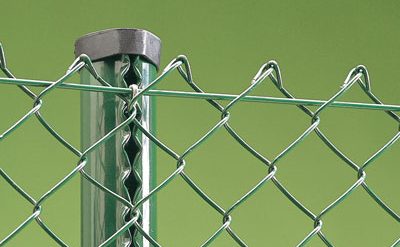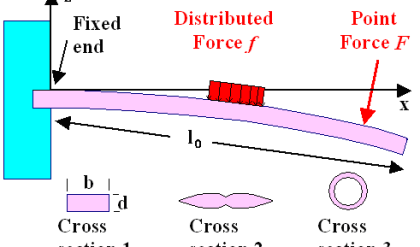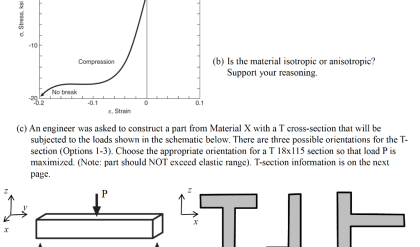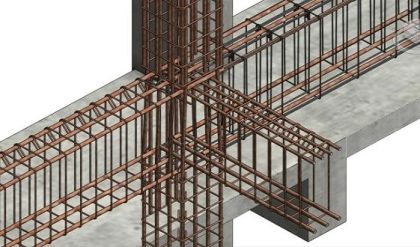In the early stages of scientific development, “physics” mainly consisted of mechanics and astronomy. In ancient times CLAUDIUS PTOLEMAEUS of Alexandria (*87) explained the motions of the sun, the moon, and the five planets known at his time. He stated that the planets and the sun orbit the Earth in the order Mercury, Venus, Sun, Mars, Jupiter, Saturn. This purely phenomenological model could predict the positions of the planets accurately enough for naked-eye observations. Researchers like NIKOLAUS KOPERNIKUS (1473-1543), TYCHO BRAHE (1546-1601) and JOHANNES KEPLER (1571-1630) described the movement of celestial bodies by mathematical expressions, which were based on observations and a universal hypothesis (model). GALILEO GALILEI (1564-1642) formulated the laws of free fall of bodies and other laws of motion. His “discorsi” on the heliocentric conception of the world encountered fierce opposition at those times.
After the renaissance a fast development started, linked among others with the names CHRISTIAAN HUYGENS (1629-1695), ISAAC NEWTON (1643-1727), ROBERT HOOKE (1635- 1703) and LEONHARD EULER (1707-1783). Not only the motion of material points was investigated, but the observations were extended to bodies having a spatial dimension. With HOOKE’s work on elastic steel springs, the first material law was formulated. A general theory of the strength of materials and structures was developed by mathematicians like JAKOB BERNOULLI (1654-1705) and engineers like CHARLES AUGUSTIN COULOMB (1736-1806) and CLAUDE LOUIS MARIE HENRI NAVIER (1785-1836), who introduced new intellectual concepts like stress and strain.
The achievements in continuum mechanics coincided with the fast development in mathematics: differential calculus has one of its major applications in mechanics, variational principles are used in analytical mechanics.
These days mechanics is mostly used in engineering practice. The problems to be solved are manifold:
· Is the car’s suspension strong enough?
· Which material can we use for the aircraft’s fuselage?
· Will the bridge carry more the 10 trucks at the same time?
· Why did the pipeline burst and who has to pay for it?
· How can we redesign the bobsleigh to win a gold medal next time?
· Shall we immediately shut down the nuclear power plant?
For the scientist or engineer, the important questions he must find answers to are:
· How shall I formulate a problem in mechanics?
· How shall I state the governing field equations and boundary conditions?
· What kind of experiments would justify, deny or improve my hypothesis?
· How exhaustive should the investigation be?
· Where might errors appear?
· How much time is required to obtain a reasonable solution?
· How much does it cost?
One of the most important aspects is the load–deformation behaviour of a structure. This question is strongly connected to the choice of the appropriate mathematical model, which is used for the investigation and the chosen material. We first have to learn something about different models as well as the terms motion, deformation, strain, stress and load and their mathematical representations, which are vectors and tensors.

The objective of the present course is to emphasise the formulation of problems in engineering mechanics by reducing a complex “reality” to appropriate mechanical and mathematical models. In the beginning, the concept of continua is expounded in comparison to real materials.. After a review of the terms motion, displacement, and deformation, measures for strains and the concepts of forces and stresses are introduced. Next, the basic governing equations of continuum mechanics are presented, particularly the balance equations for mass, linear and angular momentum and energy. After a cursory introduction into the principles of material theory, the constitutive equations of linear elasticity are presented for small deformations. Finally, some practical problems in engineering, like stresses and deformation of cylindrical bars under tension, bending or torsion and of pressurised tubes are presented.
A good knowledge in vector and tensor analysis is essential for a full uptake of continuum mechanics. A respective presentation will not be provided during the course, but the nomenclature used and some rules of tensor algebra and analysis as well as theorems on properties of tensors are included in the Appendix.






Comments are closed.